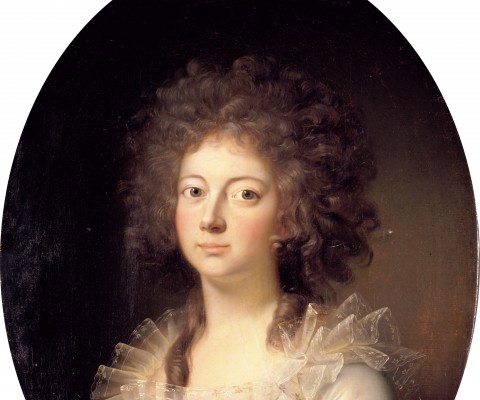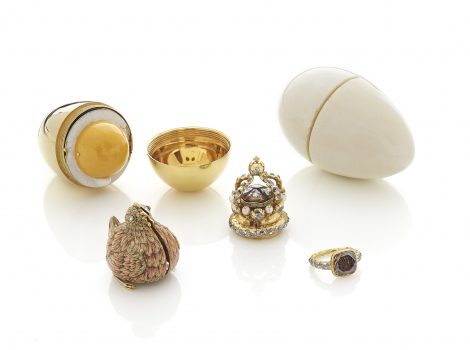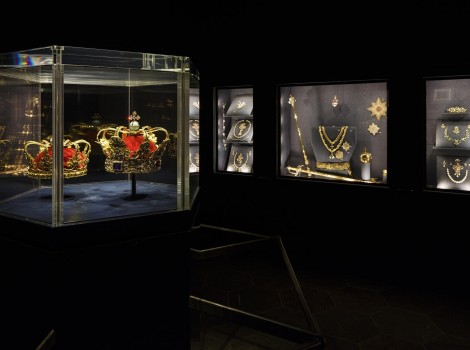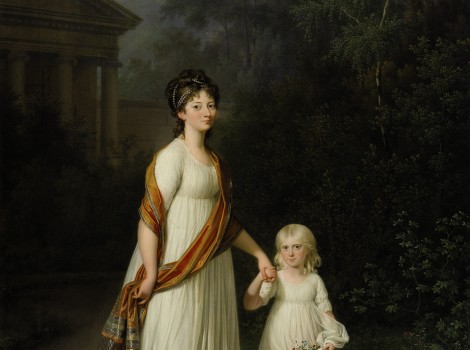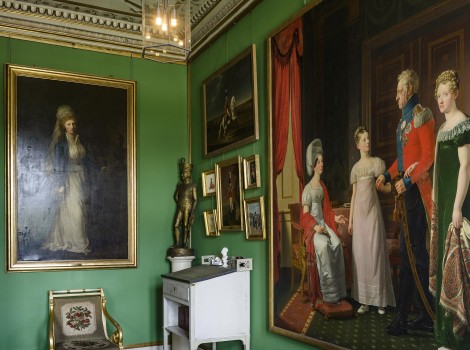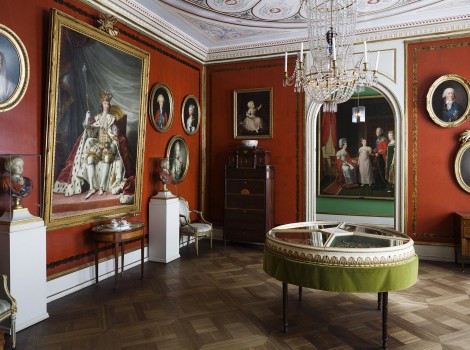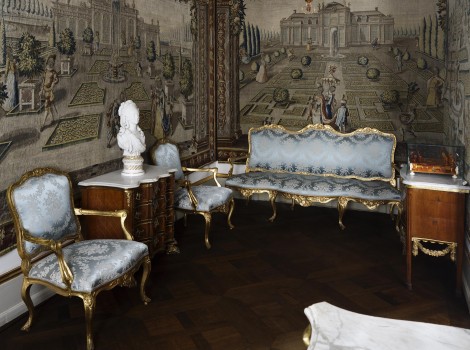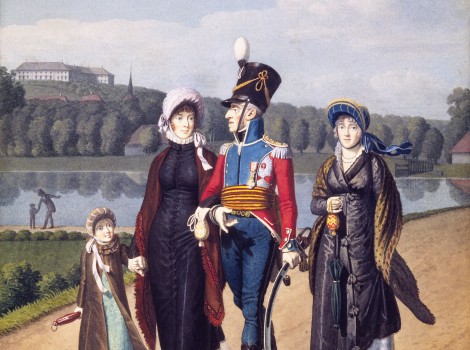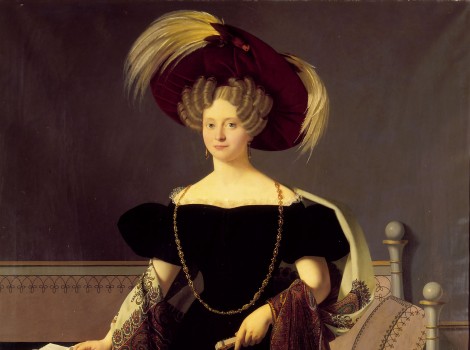Marie Sophie Frederikke
Marie Sophie Frederikke became Queen of Denmark in 1808. She was the daughter of Landgrave Carl of Hesse-Kassel and married Frederik (VI) in 1790.
The marriage between Marie and her cousin Crown Prince Frederik took place despite objections from the government and the advisors of the Royal House. The Queen led a quiet life; she had a weak constitution after giving birth eight times, although only two daughters survived. She was Regent in 1814-1815 while Frederik VI participated in the Congress of Vienna, where Europe’s new borders were decided after the Napoleonic Wars.
The Royal couple and the two Princesses Caroline and Vilhelmine could often be seen sailing on the canals in Frederiksberg Garden, which increased the already considerable popularity of the Royal family. In contrast to earlier Danish Royal couples, they became symbols of urban bourgois family life, even though it was well known that the King had a relationship with Frederikke Dannemand.

 Dansk
Dansk
 English
English
 Deutsch
Deutsch

